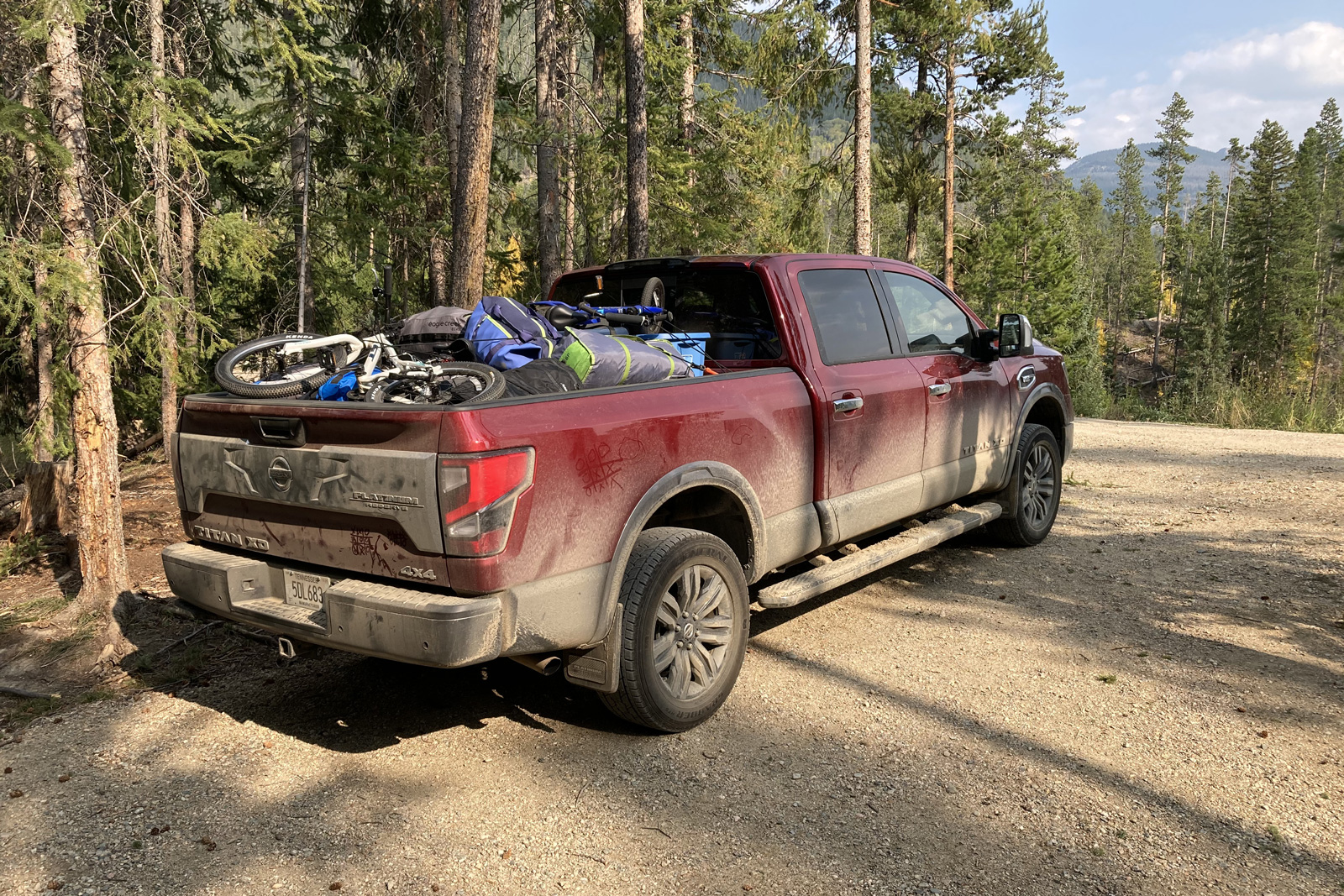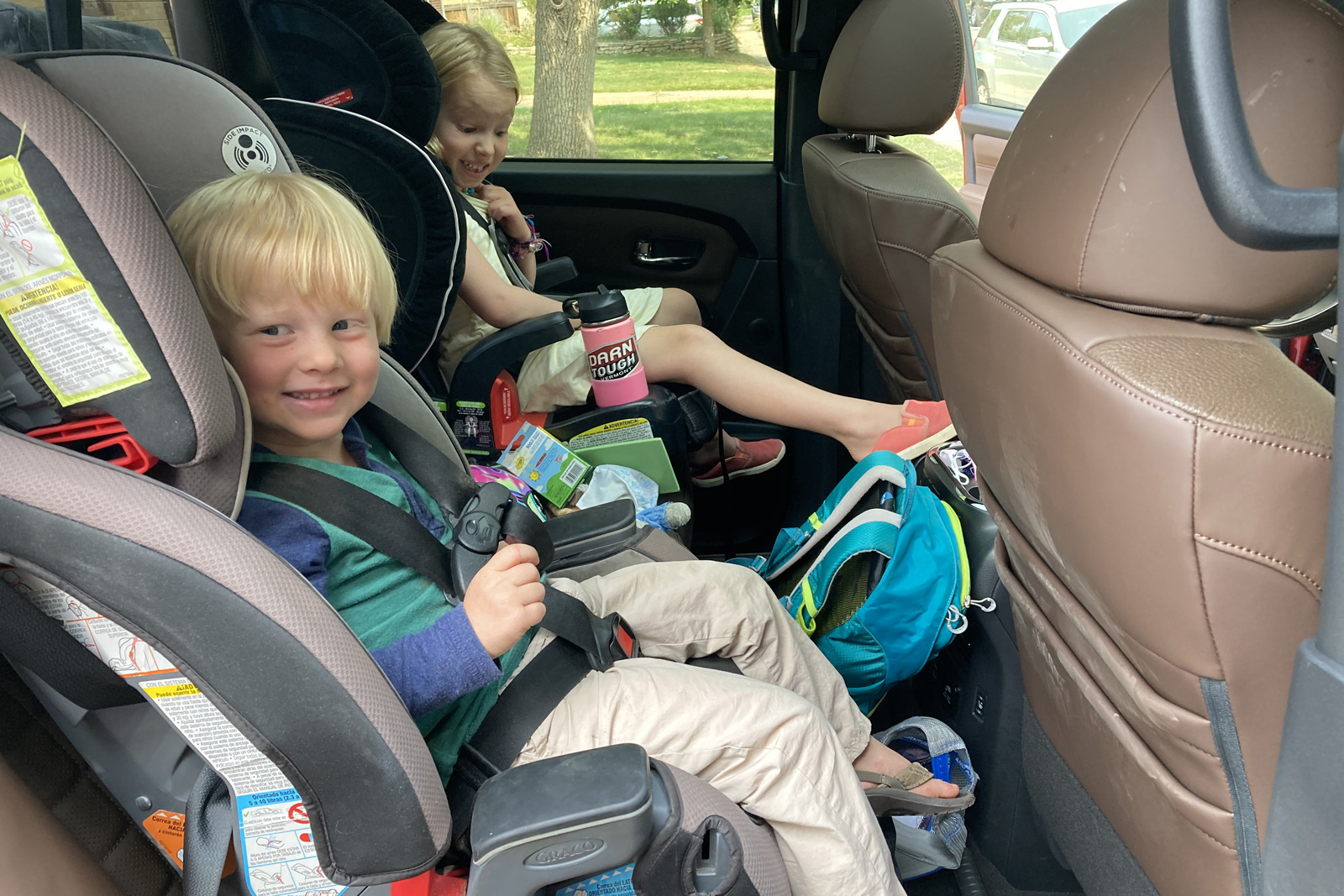As any parent knows, taking kids anywhere seems to involve an inordinate amount of stuff. Going camping is no exception. But it need not be overwhelming.
With a 3-year-old and a 6-year-old of my own and many camping excursions under my belt, here are my tips on how to help minimize the mass, pack smart, and ensure your family has everything you need.
Know Your Location
One of the greatest sources of overpacking is when we play the “what if” game: What if it’s cold? What if there’s no shade? Many of these questions are asked to maximize the potential fun factor, and some of them are to ensure comfort (and safety to a degree). But simple research will help answer these questions.
I do two types of research. I do lots of reading, which I often do when picking a destination in the first place. Developed and established campground locations will have more written information while remote and dispersed camping will require more research on your part. Then I pull up satellite images from Google Maps and browse from above to spot playgrounds, creeks, campgrounds facilities, or local parks in the area.
This is all to say that you should minimize the unknowns to avoid packing extra things “just in case.” One option is to make a pile of non-essential gear as you’re getting ready. If after all the essentials are packed and there’s still room, then add items from that pile in order of priority, or depending on what will fit. But knowing where you’re going will help greatly reduce the chance of extra stuff.
Know Your Gear, Take Time to Pack It
Another way to avoid overpacking is to give yourself the time you need to pack. (The alternative is to wait until the last minute.) This can cause you to feel rushed and tempted to just throw everything in and sort it out at camp. The other risk with this is that you can — and will — forget key items.

The Kitchen & Food
We like to pack in phases, starting up to a week ahead of our departure. One thing we think about this far out is our meals. We consider what we’re going to have in camp and how our meal plan at home for the week leading up to our trip can support our at-camp menu.
For example, we’ll make a double batch of spaghetti sauce — half for the week before and half for the trip. Now we don’t have to make sauce at camp, we just warm up what we brought. Doing this helped us minimize the kitchen gear we bring.











